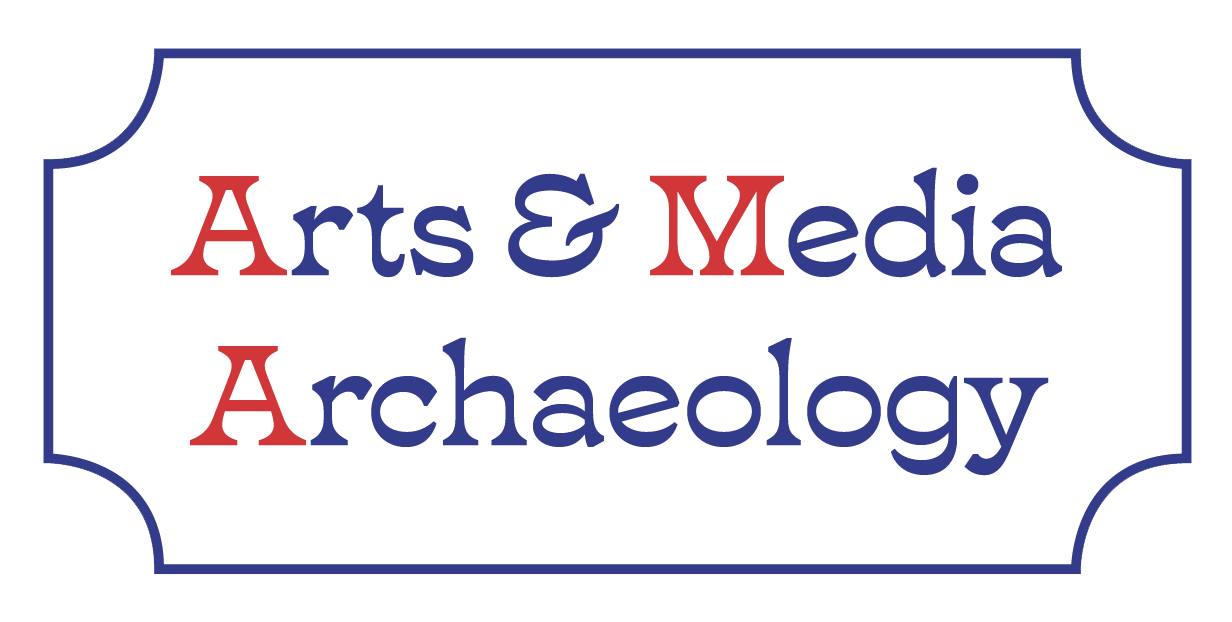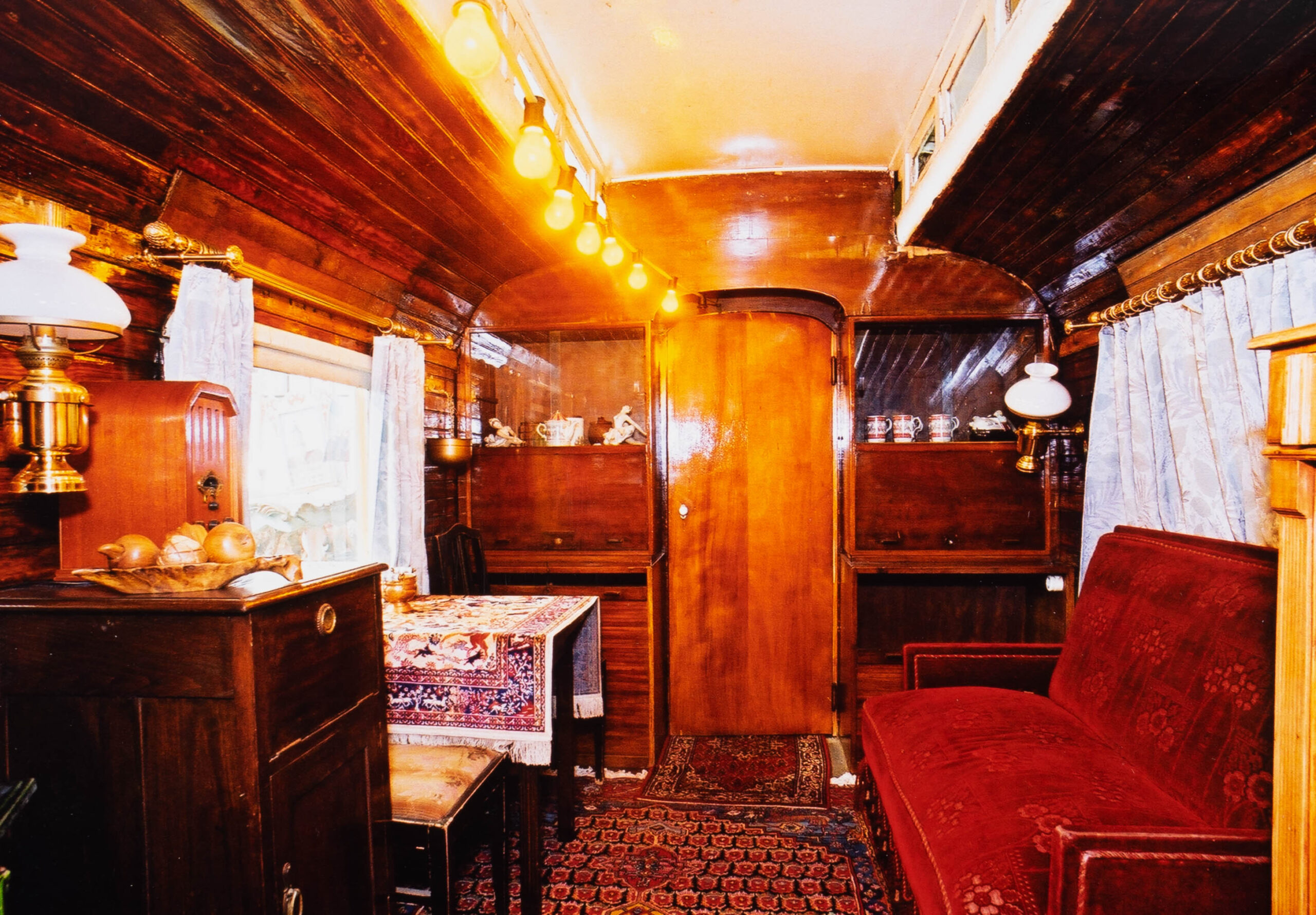This blogpost was co-written by SciFair PhD researcher Tim Overkempe.
“Auf dem Markt fing alles an!” – “It all started at the market!”. That was the motto of the former Markt– und Schaustellermuseum in Essen, Germany. The museum, which unfortunately closed in 2021 after 25 years, showed that the precursors of our modern-day doctors, pharmacists, bankers, trading companies, marketeers and recruiters, as well as artists, musicians and show people often earned their daily bread at the local fairs. Given the relevant scope of the museum and its rich body of sources, a research trip to Essen by SciFair researchers was a priority, especially since the variety of museum objects was being sold following the COVID-19 pandemic. By launching a digitization campaign, we aimed to preserve the important iconographic collection to facilitate further research.
The life's work of a forain with a passion for the past
The Markt- und Schaustellermuseum was founded by Erich Knocke. He was born in 1927 in Hannover, Germany, as the child of travelling show people. His grandfather toured the annual markets and fairground with a Völkerschau: a colonial-ethnological exposition that brought ‘people from all over the world’ to the German villages. Knocke’s father performed ‘healing hypnosis’ (Heilhypnose) at both the fairground and in cabarets and variétés. After the Second World War, Knocke himself started running a children’s swing (Kinderschaukel) and later a scooter track (Motorrollerbahn) that toured the whole of Germany.
Besides operating the carousel during festivities in Essen, he left a permanent mark on the city by passionately building his impressive collection and enthusiastically introducing the fairground’s history to the public at the Markt- und Schaustellermuseum from 1996 on. Knocke died on 2 December 2011 in Essen, but his extensive collection spoke of his immense passion and dedication to fairground culture in its broadest sense.
The history of the Markt– und Schaustellermuseum in Essen starts in 1982, when Knocke exhibited his private collection to a wider audience in the administration building of the wholesale market on Berliner Platz. From 1996, the museum relocated to Hachestraße 68, taking up residence in the old office building and halls of a former factory.
When Knocke passed away, the museum was run for ten more years, until its closure in 2021, by three volunteers: Brigitte Aust, and Andrea and Jörg Stadler, who knowledgeably advised and kindly assisted us during our research stay.
Knocke’s collection
It was Knocke’s lifelong mission to keep the cultural heritage of the fairground and markets alive. This could be taken quite literally, as the museum’s scenography evoked the dazzling and colourful atmosphere of the fair of the past. The museum offered its visitors an immersive experience. Acoustically, this was achieved with historical, still operational organs and other traditional instruments, such as barrel organs, harmoniums, and orchestrions (Figure 2).
A wide variety of artefacts, objects and technologies were exhibited in their splendour and sheer diversity, ranging from beautifully sculpted wooden carousel animals, fairground automata, and travelling cinema gear to transportation equipment, such as caravans with preserved original interiors (Figure 3).
In addition, the museum exhibited a plethora of smaller objects, such as figurines of all shapes and sizes, as well as posters, plates, pamphlets, tapestries and other objects related to the fairground.
Throughout the years, the museum grew into an internationally renowned point of reference for anyone interested in the history of the fair. Focusing particularly on Germany’s industrial area along the Ruhr and Ems rivers, it provided an account of the past and activities of forains, travelling market traders, and street performers.
Today’s situation: the disintegration of a substantial collection
After the closure of the museum and without any viable leads to preserve Knocke’s collection, the majority of the most valuable objects were sold.
Up until today, however, the noteworthy museum library consists over 2.000 titles (among them are volumes from the eighteenth and nineteenth centuries) and a significant quantity of iconographic sources depicting the market and funfair. The latter consists of more than 5.000 individual items with a focus on the nineteenth century and some rare pieces from the eighteenth century (Figure 4).
Besides drawings and photographs, the collection also preserved different types of prints (woodcut, etching, engraving, and lithography) and newspaper illustrations (from Le monde illustré, Illustrierte Zeitung, Jugend, and The Illustrated London News, to name a few), originating mainly from Germany and its neighbouring countries (Figure 5).
As these photographs and drawings will also be marketed in the near future, it was most urgent for the SciFair team to consult and digitize these visual sources, making them accessible for further research and other interested parties.
After all, such iconographic materials are particularly valuable historical sources, giving concrete indications of the organization and activities at the fairground of that time, but also of how fairground culture permeated the cultural imagination (Figure 6). This case permitted the SciFair project to undertake an extensive digitization campaign, as the collection provides a panorama on the iconography of the fairground.
There were some challenges, however, as the former museum had been inaccessible for quite a while (due to regulations in the COVID pandemic, amongst other factors) and there was no available inventory. Luckily, we were warmly and knowledgeably welcomed by Andrea Stadler, who had worked for years at the museum as a volunteer. She has done research into fairground history herself too and helps Knocke’s family with assorting and clearing out the museum.
A technical perspective on the digitization campaign
Without a catalogue and standardized classification system, the majority of iconographic sources were bundled thematically. Since the archive also contained doubles, it was imperative to sift through the sources and make an informed decision on their relevance for digitization.
This selection was made in accordance with the scope of the SciFair project: everything related to fairground entertainment and particularly subjects such as circus, spiritism, and magic were digitized, while subjects related to commercial market activities, such as depictions of flower and fish markets, were omitted due to lack of time and relevance to our research project.
To realize the digitization of the graphic section, we opted for a setup with a 35 mm full frame Sony A7 camera (24,3 megapixels), equipped with a fixed focal length lens (Sony 50 mm macro prime lens), placed on a tripod and in combination with adjustable side lighting (Figure 7).
Due to the wide variation in sizes and formats of the sources, this setup offered the flexibility to position and adjust the camera efficiently in the archive setting. For the reproduction of the 2D images, not only the image content was photographed but also any ancillary information (e.g. titles, years, or inscriptions) was included in the frame.
We based the methodology and camera settings on internationally established standards for digitizing cultural heritage, such as the Metamorfoze norms and the FADGI guidelines.
Applying the principles of colour management during the shooting and image processing, a target (60% grey scale) was photographed at the beginning of each session.
During post processing, the generated RAW file was converted into a so-called preservation master, in a durable open standard format: uncompressed TIFF 6.0.
These files are now stored in a cloud-based environment and on an external hard drive, after which jpeg versions were also uploaded to our relational database NodeGoat. With this approach, we achieved digitization that meets quality standards for correct reproduction of detail and colour (Figure 8:), and digital sustainability.
Textual sources or iconographic sources with lower image quality requirements were photographed with a ScanTent and a smartphone setup (Figure 9).
This particular ScanTent was developed by the Transkribus project and combines the optimization of image quality through uniform lighting with a user-friendly setup by way of a mount for any type of smartphone on the ScanTent. This method enables the rapid digitization of documents via the use of the Adobe scan smartphone application.
Moreover, this application has a built-in OCR function, which makes textual recognition or search terms much easier to use (also for future research). For particular images or source materials that required a higher quality of detail and colour–level, we used the previously mentioned camera setup.
- Aust, Brigitte. “Philosophie Und Zielsetzung: Märkte, Jahrmärkte Und Das Schaustellergewerbe,” 2010.
Digital prospects for intangible heritage
As a result of our research trip to the Markt– und Schaustellermuseum, we digitized an estimated total of about 1.500 paper-based sources. The vast majority of these sources are no longer affected by copyright. Therefore, these digital files will not only be disclosed for internal research purposes but also made accessible online in the near future.
In this way, we will fulfil the open–source policy of our ERC-funded research project, as well as Knocke’s vision of introducing the general public and the forains to the fairground heritage of the past. In doing so, we are living up to the age-old – but currently obsolete – adage „Wenn man vom Jahrmarkt zurückkommt, ist man klüger als zuvor“ (“When you come back from the fair, you are wiser than before”).
Authors
-
Bart G. Moens is an art and media historian, working as a postdoctoral researcher on the "Panorama, Diorama and Cosmorama" subproject in the framework of the ERC-funded project Science at the Fair.
-
Tim Overkempe is a PhD researcher in the Science at the Fair project at the University of Antwerp. His research "Spectacular Science: Performing Science and Technology at the Fair in North-Western Europe (1850-1914)" focuses on science and technology at the fairground, particularly the introduction of new media spectacles.









